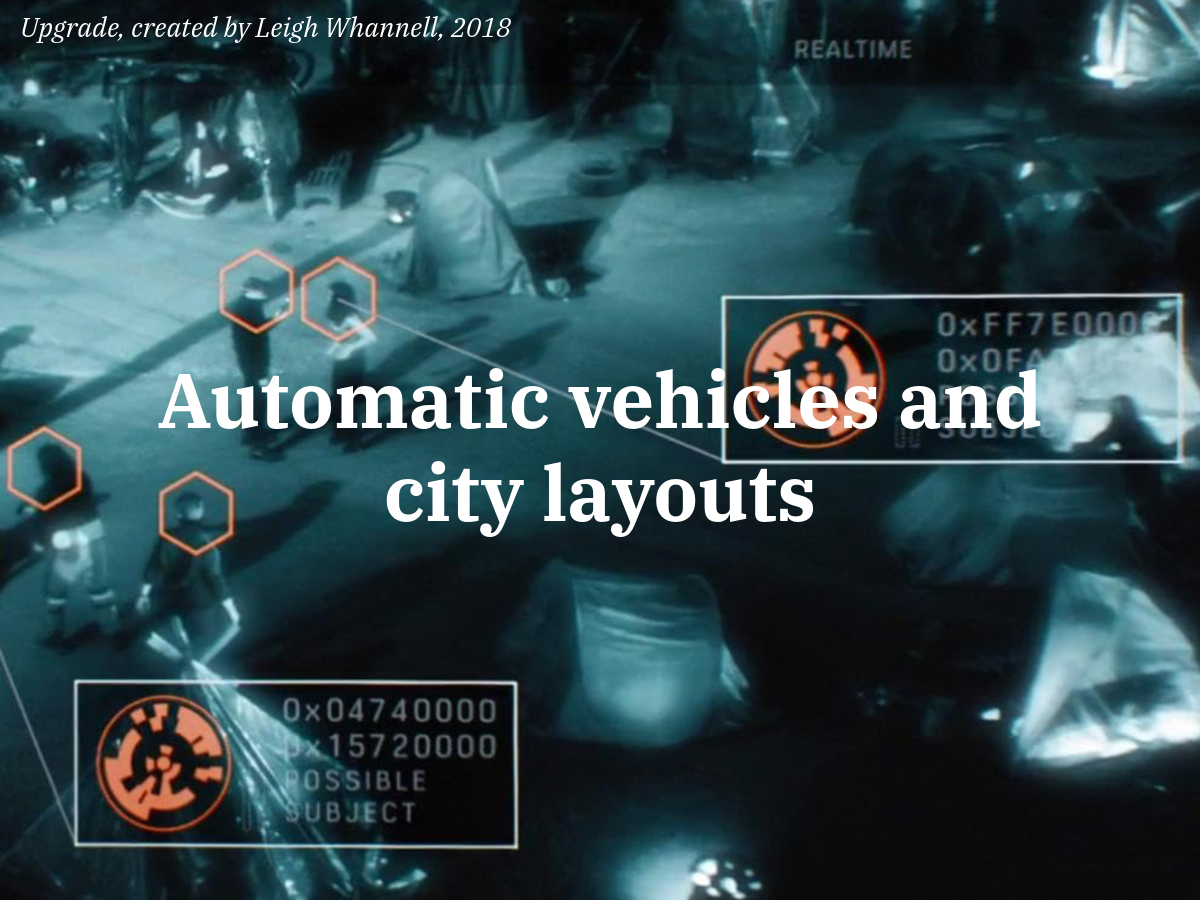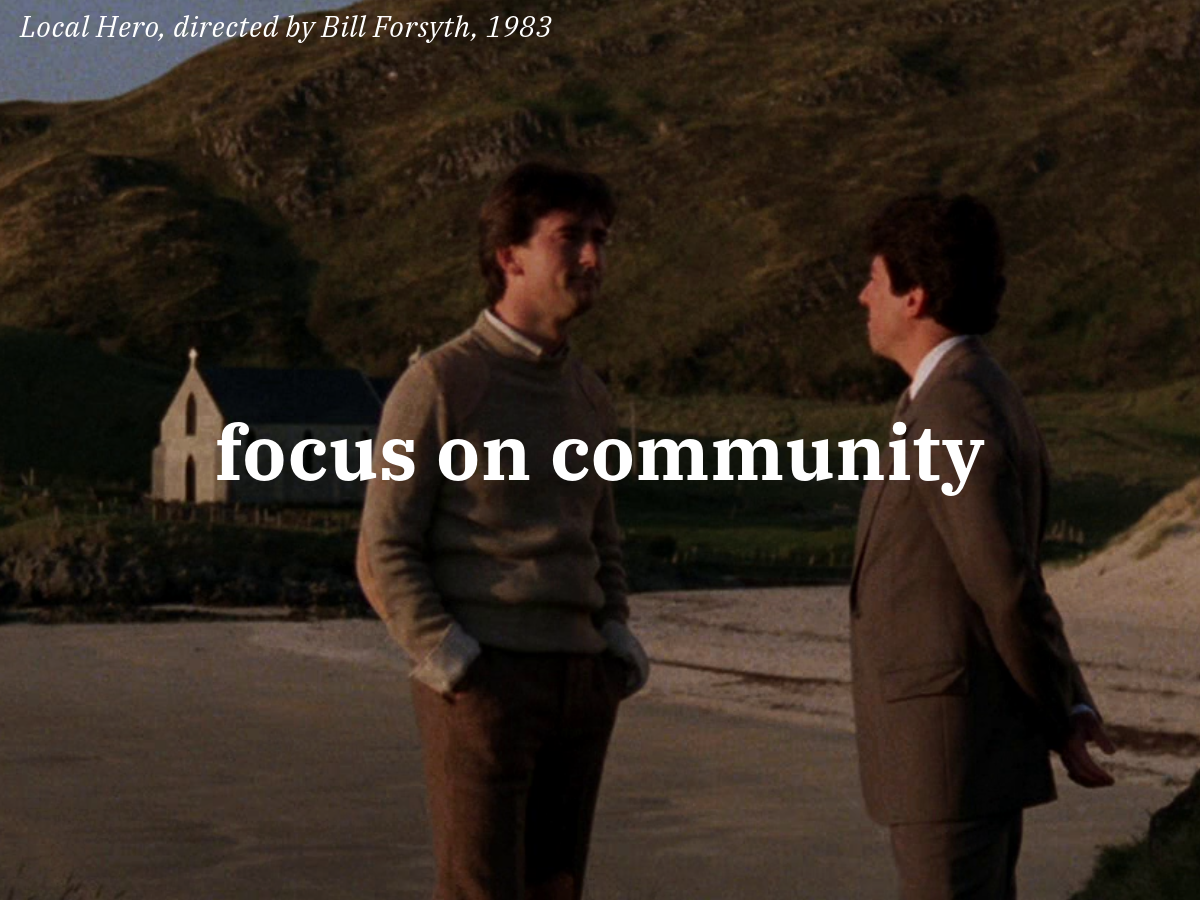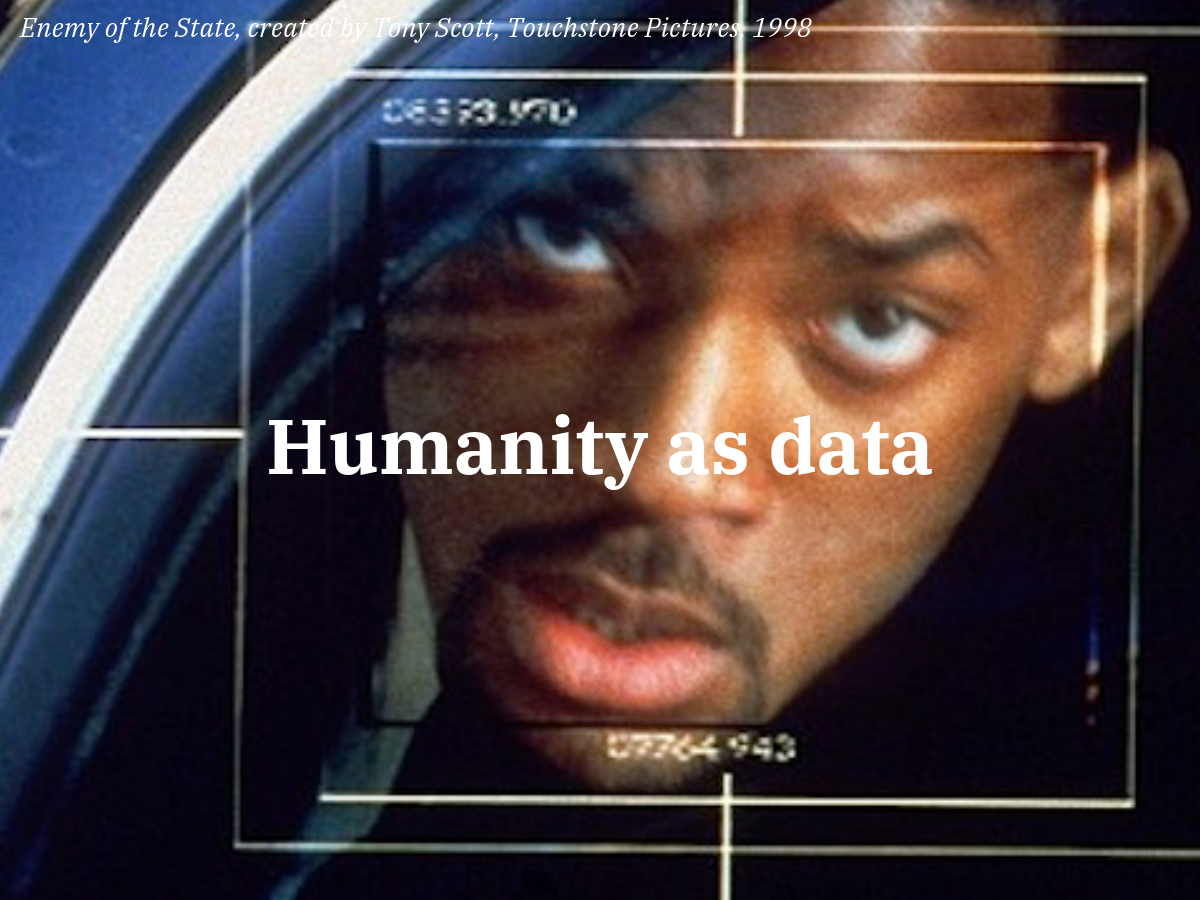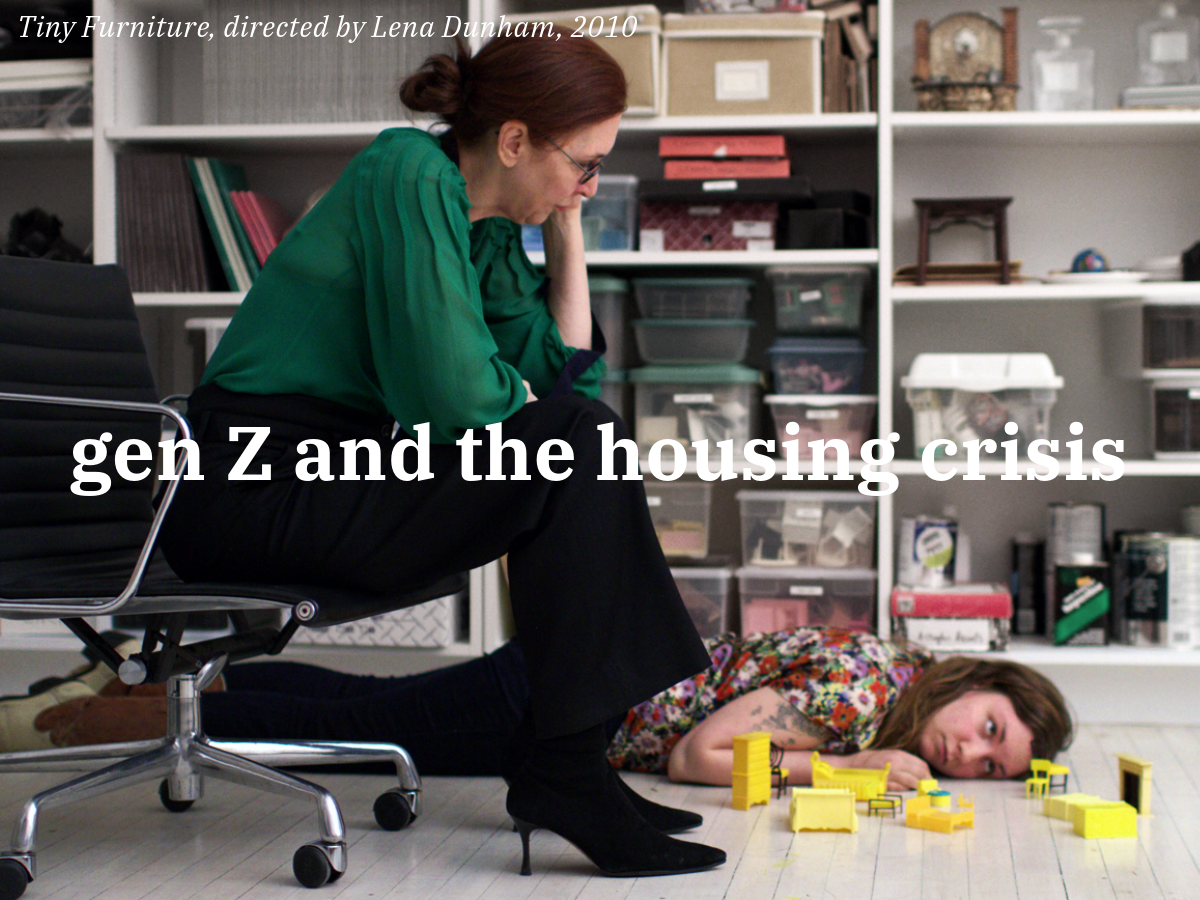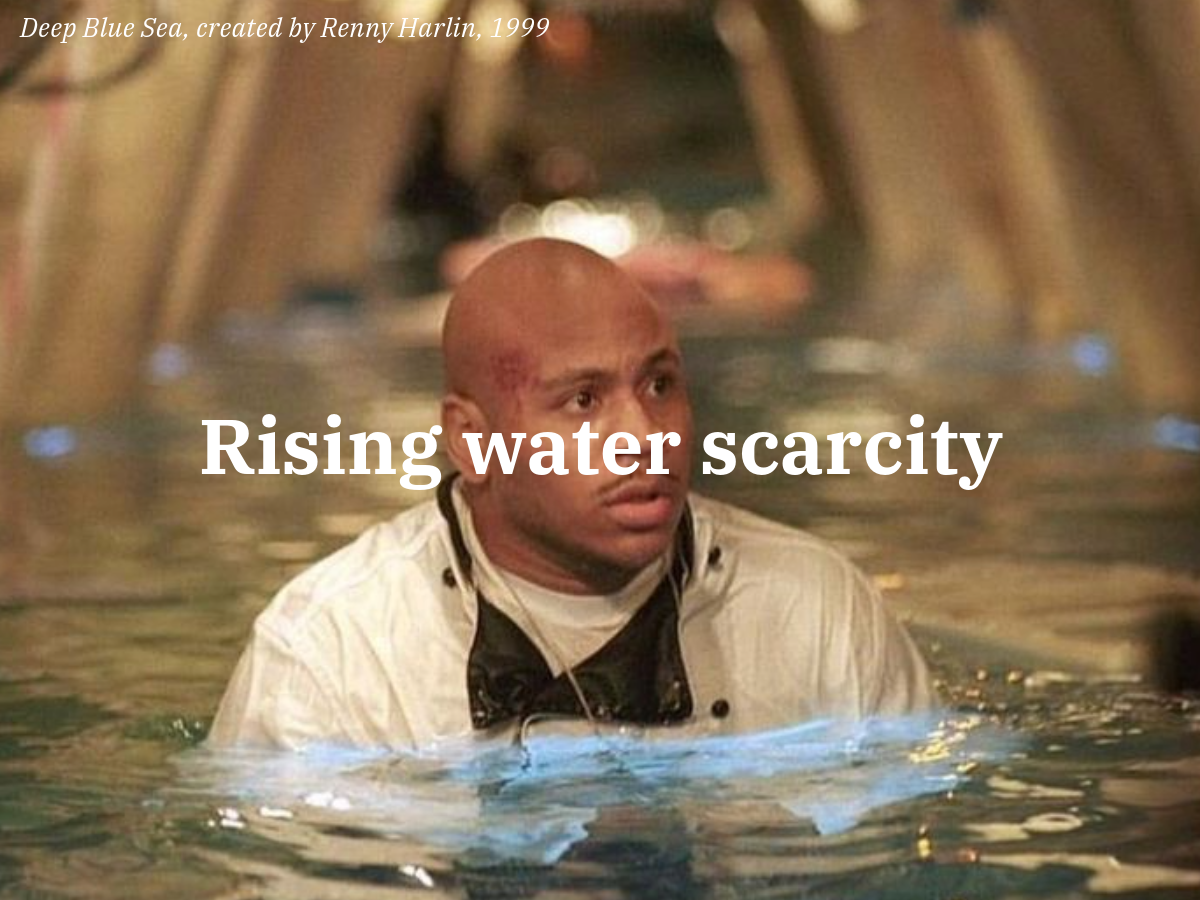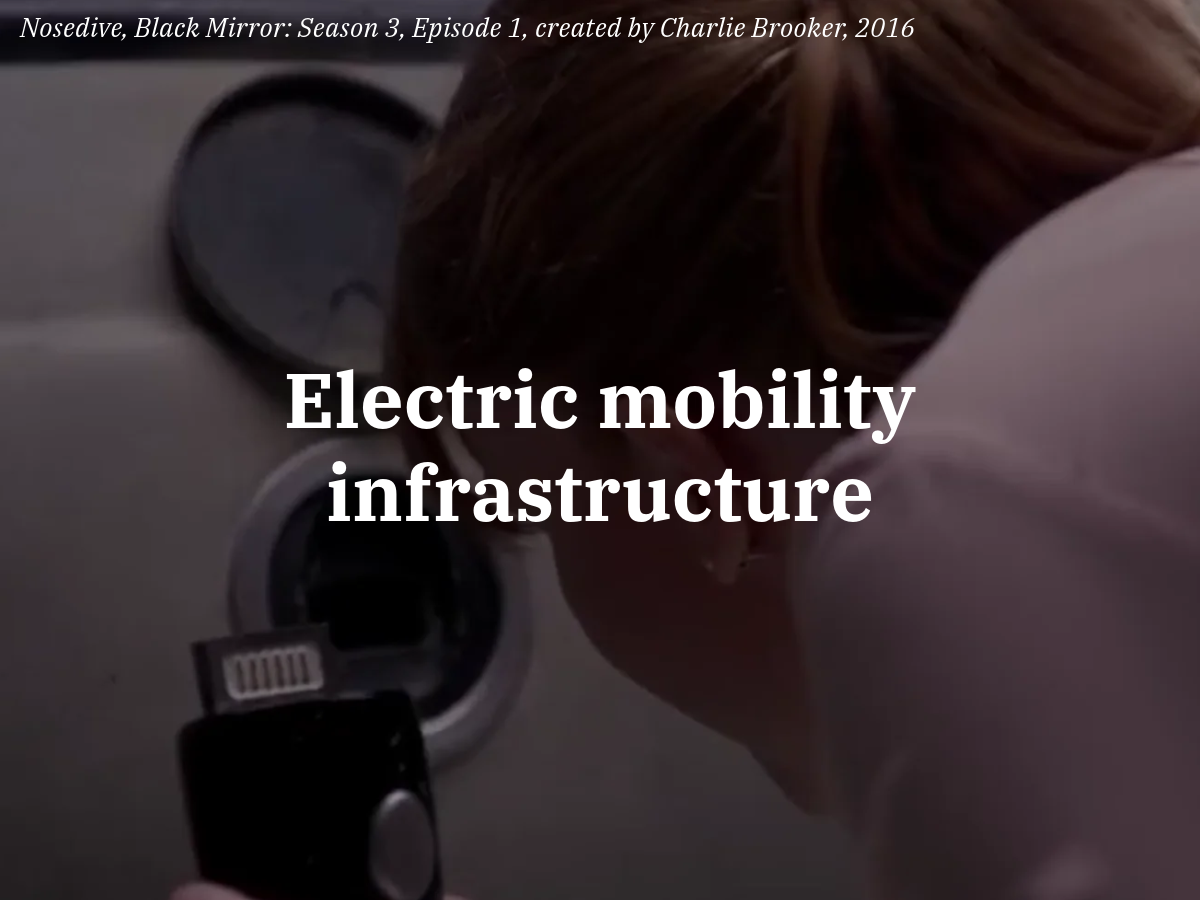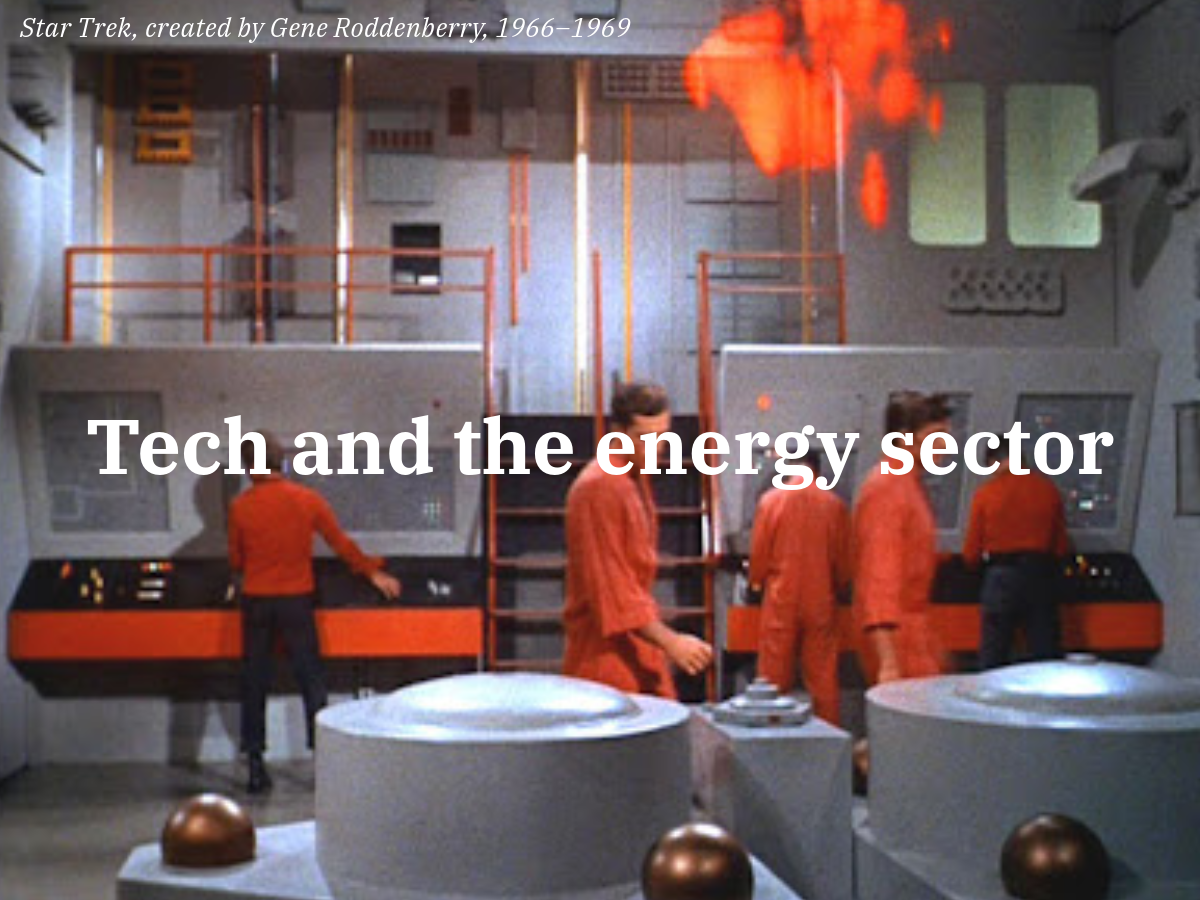Drivers: what’s happening
Less than half of global consumers make purchases in physical stores weekly. The number of sales made in physical stores is declining, as more consumers browse in stores but convert online. Retail is shifting away from selling products and offers instead sensory and immersive branded experiences, as observed by Meghan McDowell in Vogue Business. Since 2023, Walmart has been building a virtual community for its consumers. Beauty brands, like Valentino Beauty, offer immersive, digitalisation-heavy pop-ups around launches of new products. As sales conversion moves online, the demand for rapid last-mile delivery is soaring. The global e-commerce logistics market is projected to grow from USD 267.35 billion in 2021 to USD 1,328.5 billion by 2030. Chinese logistics operators are increasing their warehouse space in the U.S. According to the World Economic Forum, this growth could also lead to a 36% increase in delivery vehicles in the world's top 100 cities, congesting traffic and worsening emissions.
The numbers
Physical retail accounted for 93% of sales in 2017. In 2025 it will account to less than 75%.
Source: Farfetch founder José Neves, at the Condé Nast International Luxury Conference
85% of retailers plan to implement gamification within the next five years.
Source: Frank Mayer and Associates, a manufacturer of retail displays and interactive kiosks, Wisconsin, USA
Demand for last-mile delivery is expected to grow by 78% by 2030
Source: World Economic Forum
Urban shifts
Retail spaces turning into logistics hubs
Big retail spaces are no longer needed. The British retailer B&Q began closing stores during the COVID-19 pandemic. As of 2024, B&Q has converted 53 of its 315 stores into "digital hubs," handling approximately 85% of its online orders. Similarly, Tesco has expanded its network of urban fulfilment centres. These “dark storefronts” are more common in suburban regions, where immersive commerce can’t reach its audience, and residents already have a disproportionately low access to varied amenities.
What does it mean for your city?
Land allocated for retail no longer guarantees access to daily necessities. City-centre retail spaces will turn into immersive experience spaces, driving pedestrian traffic. Less centrally located retail spaces risk becoming “dark storefronts”, operating solely as logistics centres. All the while, delivery traffic will increase. The previously used benchmarks and KPIs for diversifying land use no longer deliver the desired effect.
Strategic opportunity
When developing new land use policies, consider that commercial space might become a logistics hub. When allocating land for commerce, ask yourself: “Will this space be able to offer experimental experiences?”
Subscribe to Urban Futures Lab and stay ahead of urban change. Get in-depth analysis, urban foresight, and strategies that help future-proof your city.
Thank you!
Urban Futures Lab is a strategic urban foresight Think Tank. We decode the forces shaping our cities and industries. We help urban decision-makers, developers, researchers, and anyone curious about the future of urban living discover the interconnected systems driving urban change. Our insights offer a holistic perspective on the future of urban ecosystems, helping you make informed, future-proof decisions.
Subscribe for exclusive access to deep dives, global drivers, and strategies to stay ahead in an ever-changing world.
